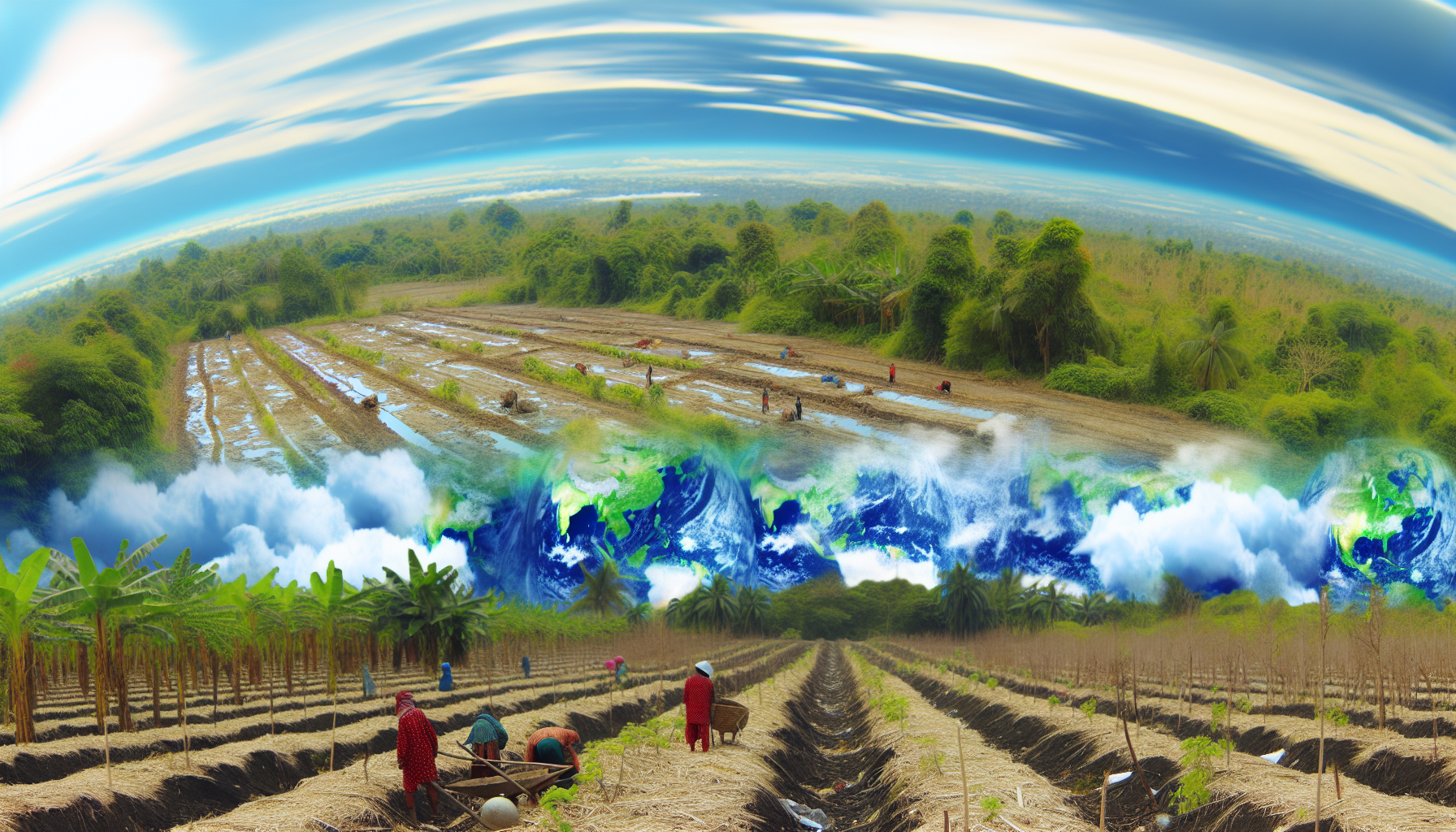Imagine a world where the rustling fields of wheat, the vibrant orchards of fruit, and the golden plains of maize are nothing more than a myth from an ancient time. This is not a scene from a long-lost utopia, but rather a somber reality where the staples of our existence have turned to dust. ‘When Crops Become Relics – The End of Agriculture As We Know It’ is a passionate exposé on the collapse of a cornerstone of civilization: agriculture.
The story begins with soil, once fertile and brimming with life, now a barren wasteland of salt and sand. Over-irrigation, poor crop rotation, and incessant pesticide use have turned our once-nurturing earth into a sterile graveyard. As if mourning its own loss, the land that cradled humanity through its evolution now refuses to give any more.
‘Sky groves’ and ‘aqua-cultures’ promised a way forward, a gleam of progress in a darkening world. Yet, these utopian constructs were merely castles in the sky. Approaching them with the wide-eyed wonder of children, we didn’t see the cracks in their foundations – the unsustainable energy demands, the genetic monocultures ripe for disease, the ever-creeping shadow of climate change.
The demise of traditional farming sent shockwaves through our cultural identity. Communities that gathered for harvest festivals now collect around sallow fires, sharing tales of the past. The image of the family farm is fading, surpassed by the cold efficiency of mechanized, indoor growth factories, which themselves are failing. With each fallow field, we witness the eroding of a tactile library of knowledge passed through generations.
Once cherished animals – ‘livestock’ – play out their final scenes in this tragedy. The bovine herds, the clucking flocks, all the creatures that partnered with us in our agrarian dance, are becoming quaint characters of folklore. Overfishing, disease, and habitat destruction have transformed them from thriving populations into ghosts within our ecological narrative.
In this desolate setting, humanity’s resilience shows – not as a triumph of thrival, but as a glimmer of sheer survival. From the decadence of diverse diets, we spiral back to an era of subsistence. It’s a parade of ‘last meals’ where each bite is an echo of an extinct luxury. Our new delicacies are insects, weeds, and lab-grown concoctions, appreciated not for their flavor, but their very existence.
And where goes the future of this story? Perhaps data-gleaners of a new age will decode the patterns of our fall, from the pyres of our tropical forests to the denuded fields of grain. They will study us as we do lost civilizations, deducing our demise in the strata of our once-verdant planet.
The harrowing truth is that we created this narrative – one not of fiction but of stark reality. As our previous articles have depicted, the remnants of forest-based ecosystems and the silent cry of a famine-ridden world intertwine with this latest chapter. We have but to look out across the landscape to see the prologue of our own ruin etched into the ground.
This article stands as a testament to our time: when crops became relics, and agriculture – as we knew it – breathed its last.
